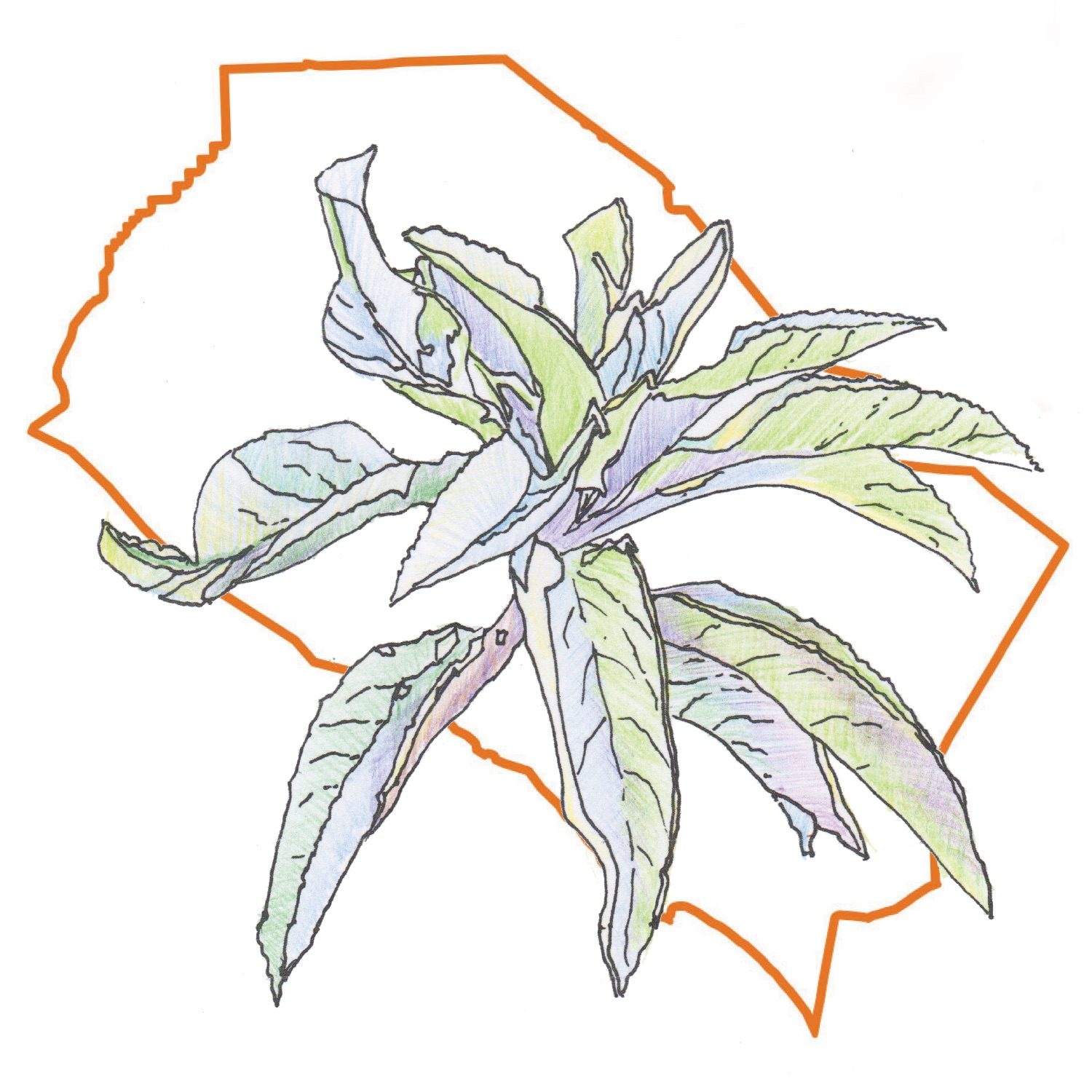Jeanette Marantos, garden reporter for the LA Times, called me in mid-February as I was returning home from a landscape restoration project I work on in Trabuco Canyon.

Marantos asked me to provide a short list of the best native plants Southern Californians can plant in their home landscapes, and also why it is important to plant natives in the home garden.
We spoke on the phone for an hour and I suggested California native plants that are beautiful and easy-to-grow. We researched the plants together on the Calscape database. We also discussed Doug Tallamy’s research that shows when non-native ornamental plants are installed in the landscape, insect populations plummet because insects are co-evolved to feed from native plant species, not from introduced plant species.
Marantos’ article appeared in the LA Times on February 28 and is titled “Want to help bees and butterflies? Add these plants to your garden.”

Marantos wrote: “Once upon a time in Southern California, landscaping was primarily about decoration — the greenest lawn, easy-care sculptural shrubs and a few showstopper flowers, almost none native to the region or welcoming to butterflies or bees. In truth, we did everything we could to keep bugs out of our yards, and it worked — far too well.”
She spoke with Ron Vanderhoff, vice president of the Orange County Chapter of the California Native Plant Society (OCCNPS) and general manager of Roger’s Gardens nursery, who said, “Bees, butterflies and other native insects are dwindling because they’re running out of the habitat and food provided by native plants. If we want to save them — and the birds and other animals that need those insects to survive — we need to change how we think about landscaping.”
“There’s been a mind change where gardening is not just decorating, it’s doing something to help the world,” Vanderhoff said. “It’s gardening with a purpose to it.”

Kris Ethington, board member of OCCNPS, and winner of Orange County’s 2018 California Friendly Garden contest for re-landscaping her entire yard with only native plants, discussed her favorite plants for the garden including oaks, lemonadeberry, toyon, and verbena de la mina.
Here is a list of California native plants that Ron, Kris and I consider must-haves in every garden as reported in the LA Times:

If you are going to add just one native plant to your yard, make it a California buckwheat. At OCCNPS, we believe this is such an important plant for the landscape that we gave away 1,500 starter buckwheat plants to Orange County homeowners in our A Buckwheat in Every Garden program.

Salvias and sages are pollinators’ favorite flowers. White sage is a sacred plant to Native Americans; it has silvery foliage and thrives in hot, dry locations. For shady locations, hummingbird sage spreads abundantly, blossoming with magenta-colored flowers in spring and summer. Vanderhoff also recommends the fragrant Cleveland sage which thrives in most parts of Southern California.

Narrow-leaf milkweed has white flowers and is the best milkweed for monarch butterflies in Southern California. Many nurseries sell the orange tropical milkweed, but tropical milkweed is not native to Southern California, and researchers have discovered that tropical milkweed hosts a protozoa that makes adult monarchs sickly and weak, according to Vanderhoff. For that reason, Vanderhoff’s nursery, Roger’s Gardens, only sells narrow-leaf milkweed.

Ceanothus, commonly known as the California lilac, is a gardener’s favorite. With its honey sweet scent and profuse violet blossoms, this is a must have for every garden. The ceanothus variety ‘Yankee Point’ spills down hillsides in shady inland gardens. ‘Ray Hartman‘ ceanothus is a small-tree-sized California lilac covered with deep violet blossoms in springtime.

California poppies and lupine wildflowers are easy-to-grow annuals with spectacular spring and summer flowers. Gardeners can sow the seeds of these flowers just before winter rains and provide abundant support for pollinators. You can purchase these seeds from Tree of Life Nursery and Theodore Payne Foundation.

Manzanitas are the superstars of California natives. If anything will turn people toward natives, it’s manzanitas. Manzanitas’ bell-shaped blossoms, structural characteristics, and rich red bark make this a garden standout. Two varieties of manzanitas are excellent choices for the first-time native gardener: Arctostaphylos ‘Sunset’ and ‘Howard McMinn.’
Join me at and other members of OCCNPS at The Dana Point Headlands Earth Day Celebration on April 25, and pick up a free California ‘Dana Point’ buckwheat plant. We care about your garden and the pollinators your garden can support with the right native plants. Join us and bring your questions. We are here to help.


Leave a comment